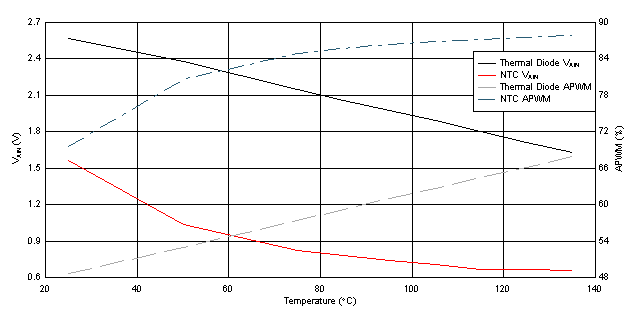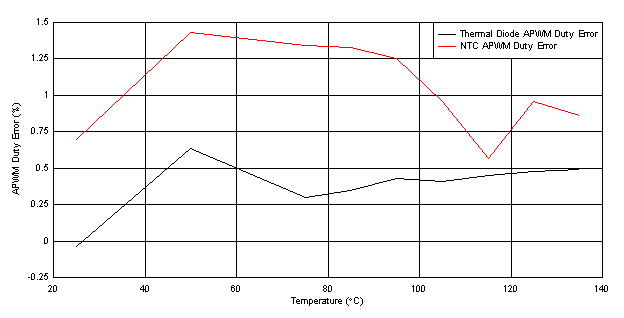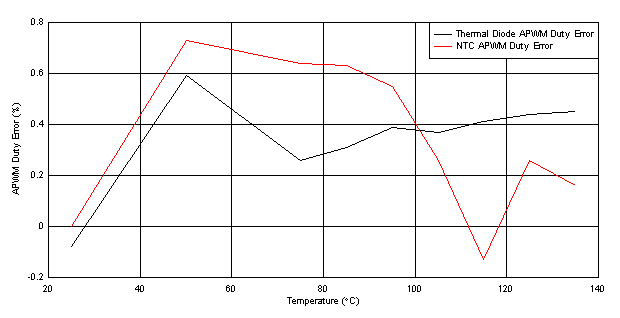SLUSD78C February 2019 – January 2023 UCC21750
PRODUCTION DATA
- 1 Features
- 2 Applications
- 3 Description
- 4 Revision History
- 5 Pin Configuration and Functions
-
6 Specifications
- 6.1 Absolute Maximum Ratings
- 6.2 ESD Ratings
- 6.3 Recommended Operating Conditions
- 6.4 Thermal Information
- 6.5 Power Ratings
- 6.6 Insulation Specifications
- 6.7 Safety Limiting Values
- 6.8 Electrical Characteristics
- 6.9 Safety-Related Certifications
- 6.10 Switching Characteristics
- 6.11 Insulation Characteristics Curves
- 6.12 Typical Characteristics
- 7 Parameter Measurement Information
-
8 Detailed Description
- 8.1 Overview
- 8.2 Functional Block Diagram
- 8.3
Feature Description
- 8.3.1 Power Supply
- 8.3.2 Driver Stage
- 8.3.3 VCC and VDD Undervoltage Lockout (UVLO)
- 8.3.4 Active Pulldown
- 8.3.5 Short Circuit Clamping
- 8.3.6 Internal Active Miller Clamp
- 8.3.7 Desaturation (DESAT) Protection
- 8.3.8 Soft Turn-Off
- 8.3.9 Fault (FLT, Reset, and Enable (RST/EN)
- 8.3.10 Isolated Analog to PWM Signal Function
- 8.4 Device Functional Modes
-
9 Applications and Implementation
- 9.1 Application Information
- 9.2
Typical Application
- 9.2.1 Design Requirements
- 9.2.2
Detailed Design Procedure
- 9.2.2.1 Input Filters for IN+, IN–, and RST/EN
- 9.2.2.2 PWM Interlock of IN+ and IN–
- 9.2.2.3 FLT, RDY, and RST/EN Pin Circuitry
- 9.2.2.4 RST/EN Pin Control
- 9.2.2.5 Turn-On and Turn-Off Gate Resistors
- 9.2.2.6 Overcurrent and Short Circuit Protection
- 9.2.2.7 Isolated Analog Signal Sensing
- 9.2.2.8 Higher Output Current Using an External Current Buffer
- 9.2.3 Application Curves
- 10Power Supply Recommendations
- 11Layout
- 12Device and Documentation Support
- 13Mechanical, Packaging, and Orderable Information
9.2.2.7.1 Isolated Temperature Sensing
A typical application circuit is shown in Figure 9-7. To sense temperature, the AIN pin is connected to the thermal diode or thermistor which can be discrete or integrated within the power module. TI recommends a low pass filter for the AIN input. Because the temperature signal does not have a high bandwidth, the low pass filter is mainly used for filtering the noise introduced by the switching of the power device, which does not require stringent control for propagation delay. The filter capacitance for Cfilt can be chosen between 1 nF to 100 nF and the filter resistance Rfilt between 1 Ω to 10 Ω according to the noise level.
The output of APWM is directly connected to the microcontroller to measure the duty cycle dependent on the voltage input at AIN, using Equation 9.
 Figure 9-7 Thermal Diode or Thermistor
Temperature Sensing Configuration
Figure 9-7 Thermal Diode or Thermistor
Temperature Sensing ConfigurationWhen a high-precision voltage supply for VCC is used on the primary side of UCC21750 the duty cycle output of APWM can also be filtered and the voltage measured using the microcontroller's ADC input pin, as shown in Figure 9-8. The frequency of APWM is 400 kHz, so the value for Rfilt_2 and Cfilt_2 must be such that the cutoff frequency is below 400 kHz. Temperature does not change rapidly, thus the rise time due to the RC constant of the filter is not under a strict requirement.
 Figure 9-8 APWM Channel with Filtered
Output
Figure 9-8 APWM Channel with Filtered
OutputThe example below shows the results using a 4.7-kΩ NTC, NTCS0805E3472FMT, in series with a 3-kΩ resistor and also the thermal diode using four diode-connected MMBT3904 NPN transistors. The sensed voltage of the 4 MMBT3904 thermal diodes connected in series ranges from about 2.5 V to 1.6 V from 25°C to 135°C, corresponding to 50% to 68% duty cycle. The sensed voltage of the NTC thermistor connected in series with the 3-kΩ resistor ranges from about 1.5 V to 0.6 V from 25°C to 135°C, corresponding to 70% to 88% duty cycle. The voltage at VAIN of both sensors and the corresponding measured duty cycle at APWM is shown in Figure 9-9.
 Figure 9-9 Thermal Diode and NTC
VAIN and Corresponding Duty Cycle at APWM
Figure 9-9 Thermal Diode and NTC
VAIN and Corresponding Duty Cycle at APWMThe duty cycle output has an accuracy of ±3% throughout temperature without any calibration, as shown in Figure 9-10 but with single-point calibration at 25°C, the duty accuracy can be improved to ±1%, as shown in Figure 9-11.
 Figure 9-10 APWM Duty Error Without
Calibration
Figure 9-10 APWM Duty Error Without
Calibration Figure 9-11 APWM Duty Error With
Single-Point Calibration
Figure 9-11 APWM Duty Error With
Single-Point Calibration